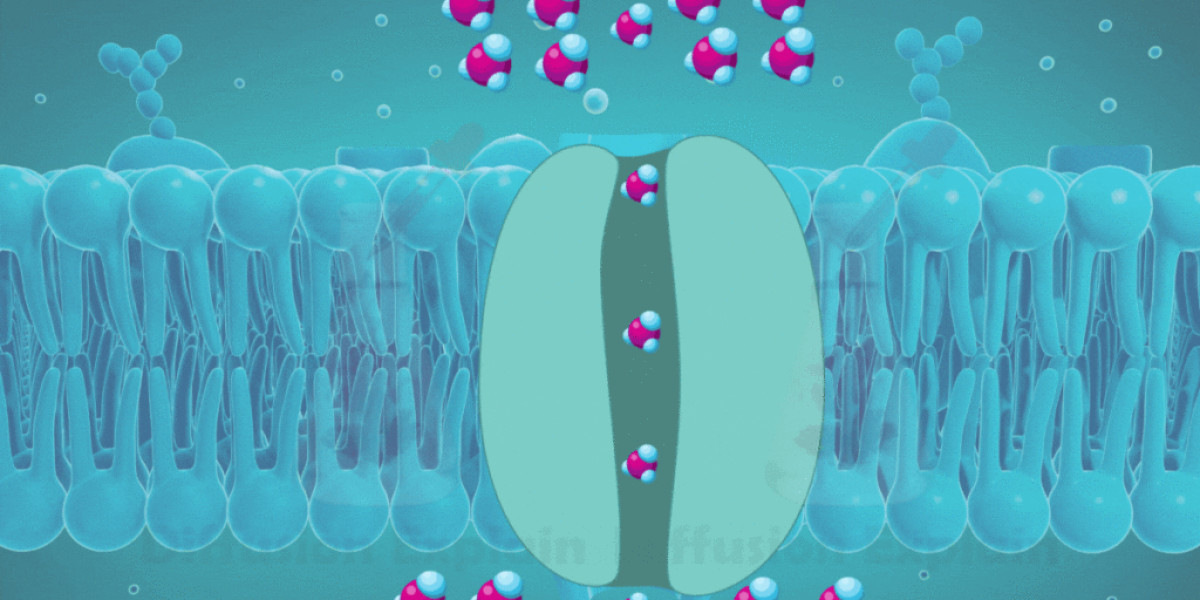Types of Diffusion
Diffusion is a fundamental process in both natural and industrial contexts, involving the movement of particles from an area of higher concentration to an area of lower concentration. Understanding the various types of diffusion is crucial for grasping how substances move across membranes and through mediums. Here are the primary types of diffusion:
Simple Diffusion
Simple diffusion is the process by which particles move directly through a permeable membrane without the aid of any intermediary molecules. This type of diffusion is driven by the concentration gradient and does not require energy input from the cell. Oxygen and carbon dioxide gas exchange in the lungs occur through simple diffusion, where these gases move across the alveolar membrane based on their concentration gradients.

Facilitated Diffusion
Facilitated diffusion involves the movement of particles across a membrane with the help of specific carrier proteins. These proteins provide a pathway for molecules that cannot easily pass through the lipid bilayer of cell membranes. Examples of substances that utilize facilitated diffusion include glucose and amino acids. This process is still driven by the concentration gradient but requires the presence of transport proteins to facilitate the movement.
Osmosis
Osmosis is a special type of diffusion that specifically involves the movement of water molecules across a semipermeable membrane. Water moves from an area of low solute concentration (high water potential) to an area of high solute concentration (low water potential). This process is crucial in maintaining cell turgor pressure in plants and regulating fluid balance in animal cells.
Active Transport
Unlike the other types of diffusion, active transport involves the movement of particles against their concentration gradient, from an area of lower concentration to an area of higher concentration. This process requires energy input, usually in the form of ATP, because it is working against the natural direction of diffusion. Active transport is essential for maintaining concentration gradients of ions across cell membranes, such as the sodium-potassium pump in nerve cells.
Bulk Flow
Bulk flow is the movement of large volumes of fluid and its dissolved substances in the same direction due to pressure differences. This type of diffusion is significant in the circulatory systems of animals and the vascular systems of plants, where it aids in the rapid distribution of nutrients and removal of waste products.
Conclusion
Understanding the different types of diffusion—simple diffusion, facilitated diffusion, osmosis, active transport, and bulk flow—provides insight into how substances move across membranes and through various media. These processes are vital for numerous biological functions and industrial applications. For further detailed information on diffusion and its various types, visit Diffusion Explained.



